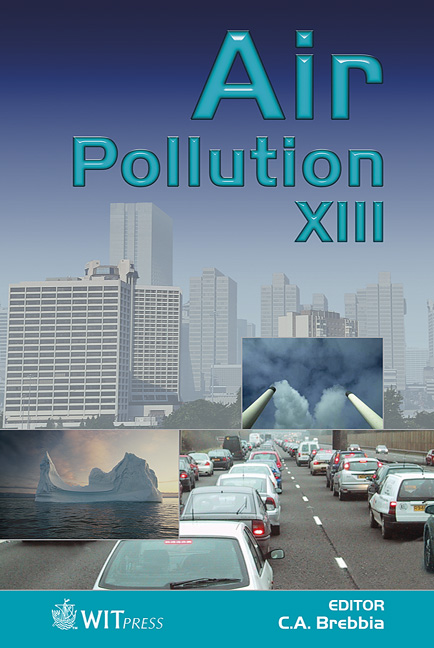The Study Of Ground Ozone Concentration Levels: A Functional Analysis Approach Based On Principal Components Analysis
Price
Free (open access)
Transaction
Volume
82
Pages
9
Published
2005
Size
964 kb
Paper DOI
10.2495/AIR050071
Copyright
WIT Press
Author(s)
L. M. Caligiuri, G. D. Costanzo & A. Reda
Abstract
Ground O3 represents one of the most dangerous environmental pollutants. It is generated through complex physical and chemical processes in the atmosphere and combustion processes in the troposphere involving a non-linear relationship between ozone, other pollutants (in particular its precursor as NO or NO2) and meteorological variables (primarily solar radiation and temperature). Because of this complexity the determination of O3 concentration levels based on a deterministic approach is generally not possible or is limited to a very few particular cases. In this work we have considered an innovative approach based on the application of Functional Principal Components Analysis (FPCA) to experimental data consisting in time series of the concentration of ground O3, NOx, solar irradiation and temperature, in order to extract more or less manifest features characterizing the behaviour of the variables considered, to be used for a better understanding of ground ozone dynamics. 1 Introduction Ground O3 is not produced by anthropic sources, but derives from reactions involving other pollutants (mainly NOx and volatile organic compounds (VOC)) called \“precursors”, under the action of solar irradiation and temperature. The O3 generation process starts with NO2 photo dissociation and is based on the following reactions: NO2 + h ν →ΝΟ +Ο Ο +Ο2 →Ο3
Keywords





